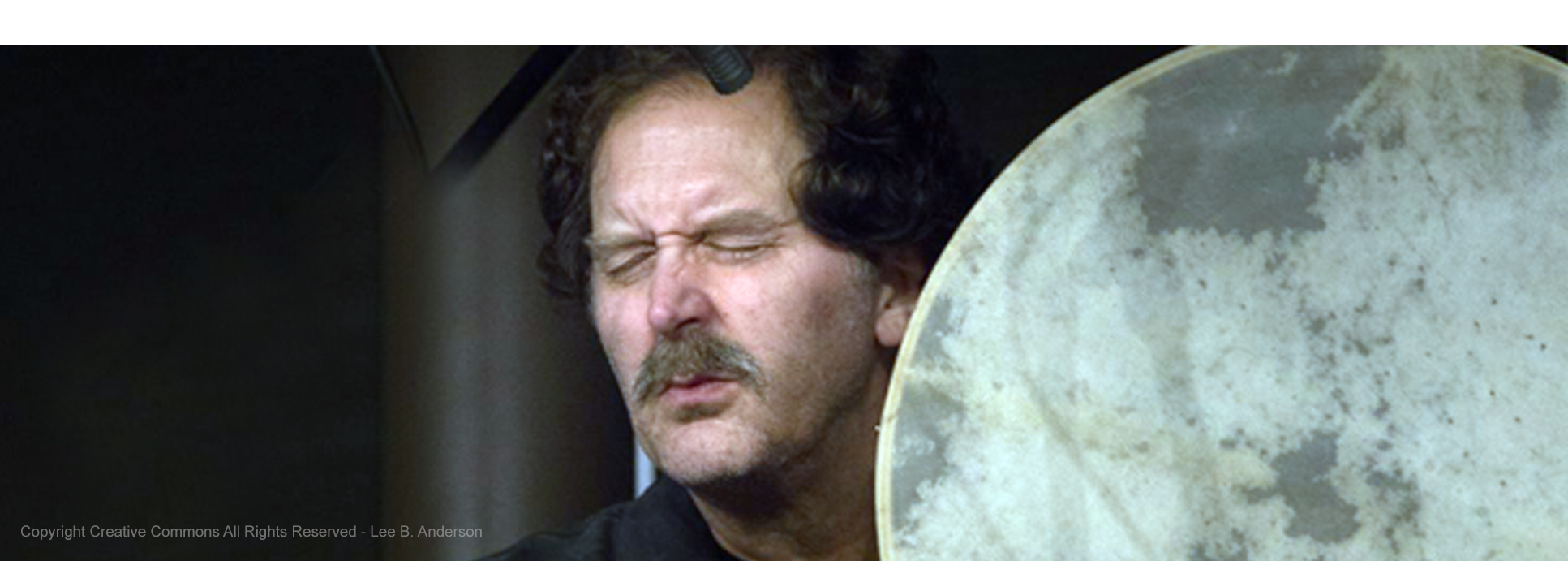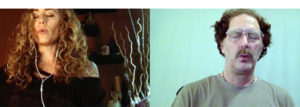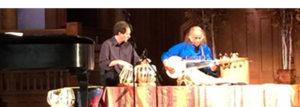George has deep roots as a serious professional musician.
George has performed and recorded with many American jazz and classical masters, and traditional virtuosos from Asia and the Middle East. His unique perspectives and music skills connect him to innovative and experimental projects with song writers, modern dance companies, poets, storytellers, and theatre troupes.
Grant’s unique vocal training features harmony and melody, allowing expressive freedom and stress reduction. Group sessions are often presented to music therapy classes, yoga studios, hands-on bodywork professionals, and spiritual groups. To define Freedom Through Vocal Toning, Grant says: “wordless expression of vowel tones, in the natural intuitive language of harmony and melody, is as essential and as natural as breathing or sleeping. It is nutrition and food for the soul. The full and natural breathing induced from toning, naturally creates vitality and profound health benefits. In the Musical Brain, as we open our voices, we open our Selves. It is like we’ve spent our whole life on our front porch, and suddenly open the door to discover many new beautiful rooms inside.”
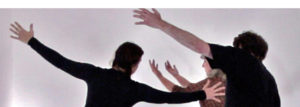
To understand Music Meditation In Motion, imagine tai chi and yoga expressed as modern dance and choir.
Creative balance, stretches, still poses and gentle repetition reflect and correspond to the process and philosophy of Freedom Through Vocal Toning. Cross training in both movement and music allows unique insights for beginning and advanced participants who explore MMM side by side each other.
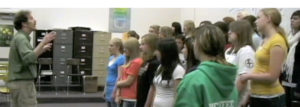
As a roving Artist-In-Residence throughout Utah and Idaho since 1991, George has taught his unique DRUM TALK method to many thousands of students in public schools and universities. Drum Talk is based on the ancient maxim “If you can say it, you can play it.”
A fifth grade teacher reports: “The level of concentration and on-task behavior George gets from his students is astounding. Participating in this class is like going on a roller-coaster ride; once you’ve started, there’s no stopping until it’s over.”
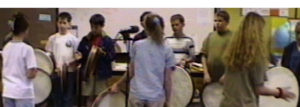
“Drum Talk is not about drumming.” He reminds new students.
George’s contemporary system shows students how to quickly assemble various syllables into patterns, and if they like, how to write them down in shorthand. After speaking or chanting the pattern, it is much easier to play that same pattern on a drum, guitar, flute, or any other instrument. George says: “First, we learn how to talk. Then, only after many years of conversation with family and friends, we slowly learn A-B-Cs, then words and sentences. The natural language of music is the same way; first we feel it. If you can feel the music, it is much easier to read and write it.” Drum Talk shorthand abbreviations naturally convert to traditional notation, making a typically tough skill much more easy and fun.
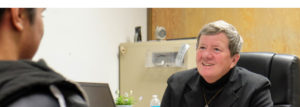
This curriculum is taught regularly at Utah State University Music Department. George has produced many other manuals, CDs, and DVDs, which are available in the VocalToning Store.
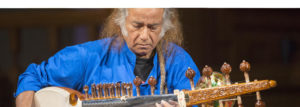
George has performed traditional music with many virtuosos from North and South India including Aashish Khan (sarode, son of Ali Akbar Khan).
And many other fine notables as: Vidyadhar Vyas (vocal), Shubha Narasimhan (vocal), Mullaivasal Chandramouli (violin), Ashwin Batish (sitar), and Ragavan Manian (vocal). George has also accompanied rare artistes from Mongolia, Afghanistan, Iran, and Turkey – vocalist Saren Gao Wa, Izatullah Mujjadedhi Khan on dotar/rahab, Morteza Varzi on comanche, and Sufi zikr singer Latif Bolat. George performs and records with classical virtuosos as Keith Underwood and Ben Verdery, New Age vocalist David Hykes of the Harmonic Choir, jazz singer Tyia Wilson, guitar rocker Gawain Mathews, and avant garde innovators Gentry Densley, Eyvind Kang, and Alex Caldiero.
